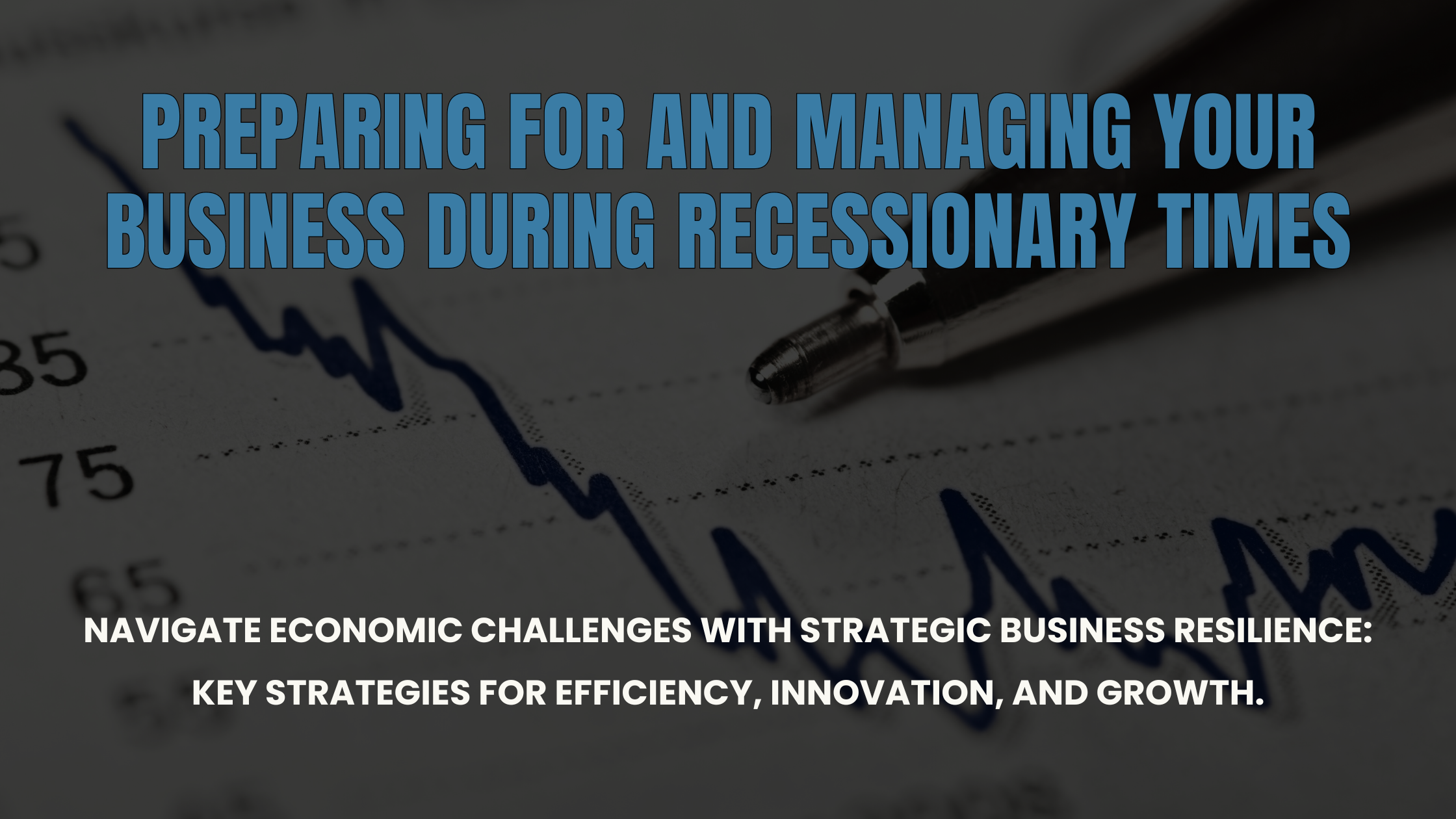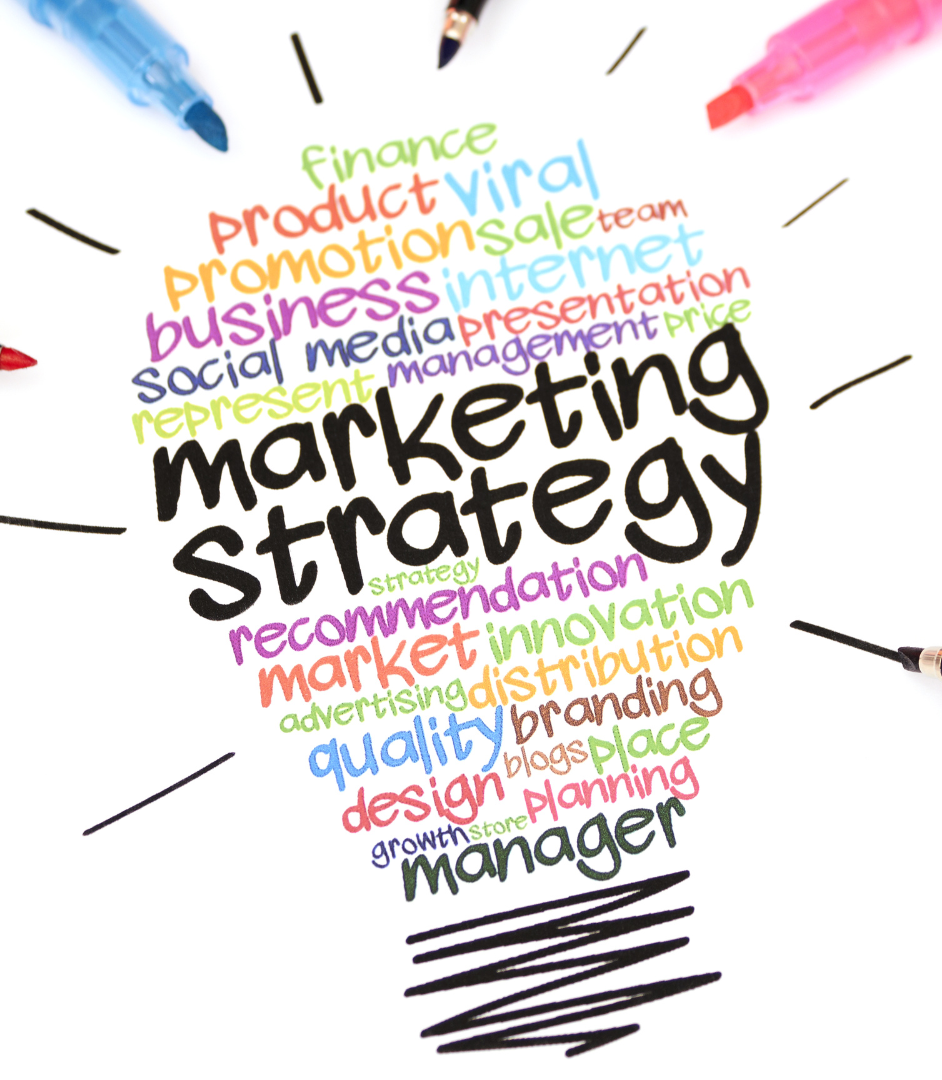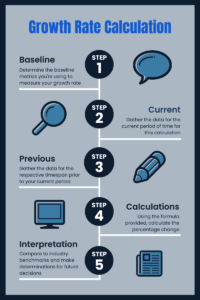
Recessionary times can be challenging for any business, but they also present opportunities to improve efficiency, innovation, and customer loyalty. There are strategies that business owners can adopt to not only survive but also ultimately thrive. Here are some ideas to help you prepare for and manage your business during challenging times:
Manage your costs and expenses:
With inflation and competition high, you need to be smart about how you spend your money. Streamline processes to reduce waste and improve operational efficiencies. Review and cut non-essential expenses without compromising quality. Renegotiate contracts with suppliers, vendors, and landlords to secure better terms.
Stop doing what isn’t working and clean house of non-core assets:
Stop selling unprofitable lines. Stop doing marketing that is not working. Stop subscriptions that are not being used. File taxes on time and stop the penalties. Sell land and buildings that are not used well in the business. Sell parts of the asset portfolio that are non-core. Dismiss unproductive employees. Identify loss-making client accounts, that require too much sweat equity, or are problematic and a drain on resources that can be put to better use elsewhere.
Analyze and manage your cash flows:
You need to have a clear picture of how much money is coming in and going out of your business, and how that might change in different situations. Expedite customer payments by instituting a process of timely collection of receivables; for new accounts ensure reasonable collection periods of 30-45 days; do credit checks for new accounts and slow payers. You can also increase your cash flow by reducing your inventory levels and clearing your stock as fast as possible. Cash flow forecasting tools can help you create realistic and flexible scenarios, and by identifying the key drivers and risks of your cash flow, you will be in a better position to plan and manage accordingly.
Build cash reserves and review your finance options:
Having enough cash on hand can help you weather the storm and take advantage of new opportunities. It’s prudent to have at least six months of business expenses saved up to ensure your business can cope with a slump. Examine your cash reserves and if you feel you may have difficulties, look for options to extend and defer your debt. Explore funding options and establish lines of credit in advance. Ask for a discount for immediate payment. Find additional creditors with better terms. Consider alternatives like grants and loans. Invoice factoring is another option that can provide you with cash right away by selling your invoices to a company that will recover the money owed.

Prioritize customer satisfaction and retention efforts:
Your customers are the reason you are in business, and you need to retain their trust and loyalty. Encourage customer feedback and use it to make necessary or opportunistic adjustments. Consider offering additional value or services to retain customers during tough times. You can reach out to them through various channels, such as email, social media, or phone, and provide them with valuable information, offers, and support. Make the effort to understand your customers’ changing needs, preferences, and pain points so that you can tailor your products or services as well as your selling propositions more effectively.
Keep your employees in the loop and manage their wellbeing:
Your employees are your most valuable asset, and you need to keep them motivated, engaged, and productive. Focus on retaining key talent. Communicate with them regularly, share your vision and goals, and solicit their feedback and ideas. Consider offering them professional development opportunities, flexible work arrangements, and wellness programs to support their health and well-being. Cross-train employees to broaden or deepen their understanding of the business as well to enhance flexibility and adaptability within your organization.
Ensure your operations are lean, streamlined, and agile:
You need to be able to adapt quickly and efficiently to changing market conditions and customer demands, particularly in tough times. To do that you need to understand and look for ways to improve the performance of all of your business investments. For example – your investment in people: Is your headcount optimized? Are each of the heads performing? Who could you lose if you needed to? Is your investment in advertising and promotion paying off? Are you attracting the right target audience and is the ROI satisfactory? Are there areas of spending that should be stopped or reallocated? What about your capital investments? Are planned capital expenditures necessary? Are they out-of-pocket? Could you subscribe monthly instead, or could you take on asset financing? Finally, is your investment in working capital well managed? It’s always important to look for ways to lower your receivables and inventory and to stretch your credit.
Invest in digital transformation and innovation:
Technology can be a tremendous ally in a recession because it can help you improve your performance, reach new markets, and create new value propositions. Consider implementing automation and technology solutions to enhance productivity and reduce costs. You can use digital tools to enhance your online presence, optimize your marketing campaigns, and analyze your data to inform your strategies and tactics. Digital technologies that can improve the customer experience, as well as your operational efficiency, can be very wise investments that deliver high returns.
Explore opportunities to diversify:
Diversification can help reduce the risk of relying on a single product, service, market, or industry. By spreading their investments across a range of different areas, businesses can protect themselves against market downturns, changes in consumer preferences, or other external factors that could impact their existing operations. Diversification can also enable businesses to take advantage of new opportunities, achieve economies of scale, and increase their profitability. Explore opportunities to diversify your company’s product or service offerings to appeal to a broader market. Also, consider entering new markets or expanding your geographical reach.
Establish strategic partnerships:
Strategic partnerships can be a powerful way to grow your business and survive in challenging times. Seek strategic partnerships, joint ventures or alliances that can provide mutual benefits and help weather economic challenges. For example, by collaborating with partners that offer complementary products or services, you can access new customers and markets, generate more income, and mitigate risks. Partnerships can also help reduce costs, improve efficiency, and drive innovation by pooling together resources and expertise. Partners can help each other overcome challenges and gaps in their capabilities as well as help each other differentiate their brands and create more value for customers. Forming strategic alliances may enable you to gain an edge over your competitors and increase your market share in both good and tough times.
It’s important to remain adaptable and responsive to changing market conditions. By focusing on the areas discussed above, you can enhance the resilience of your business during challenging economic times and position your company for long-term success. If you have surplus cash then consider investing for the future in people, systems, processes, new product development, research, and planning.
Rizolve Partners is a key asset in helping business owners create a plan for growth and liquidity. To learn more, check out our services here.




















